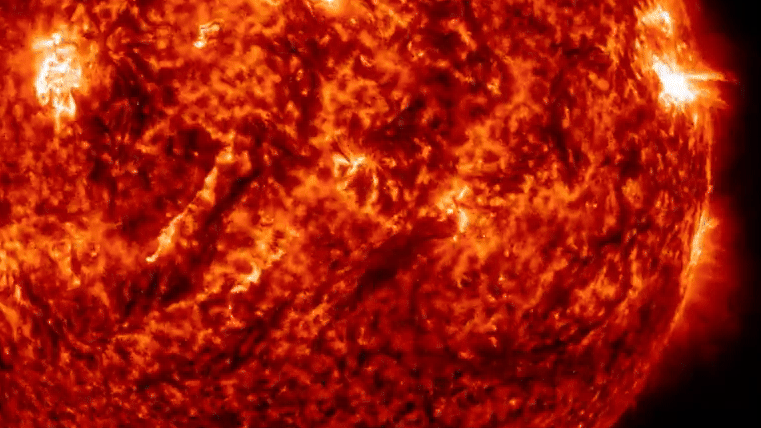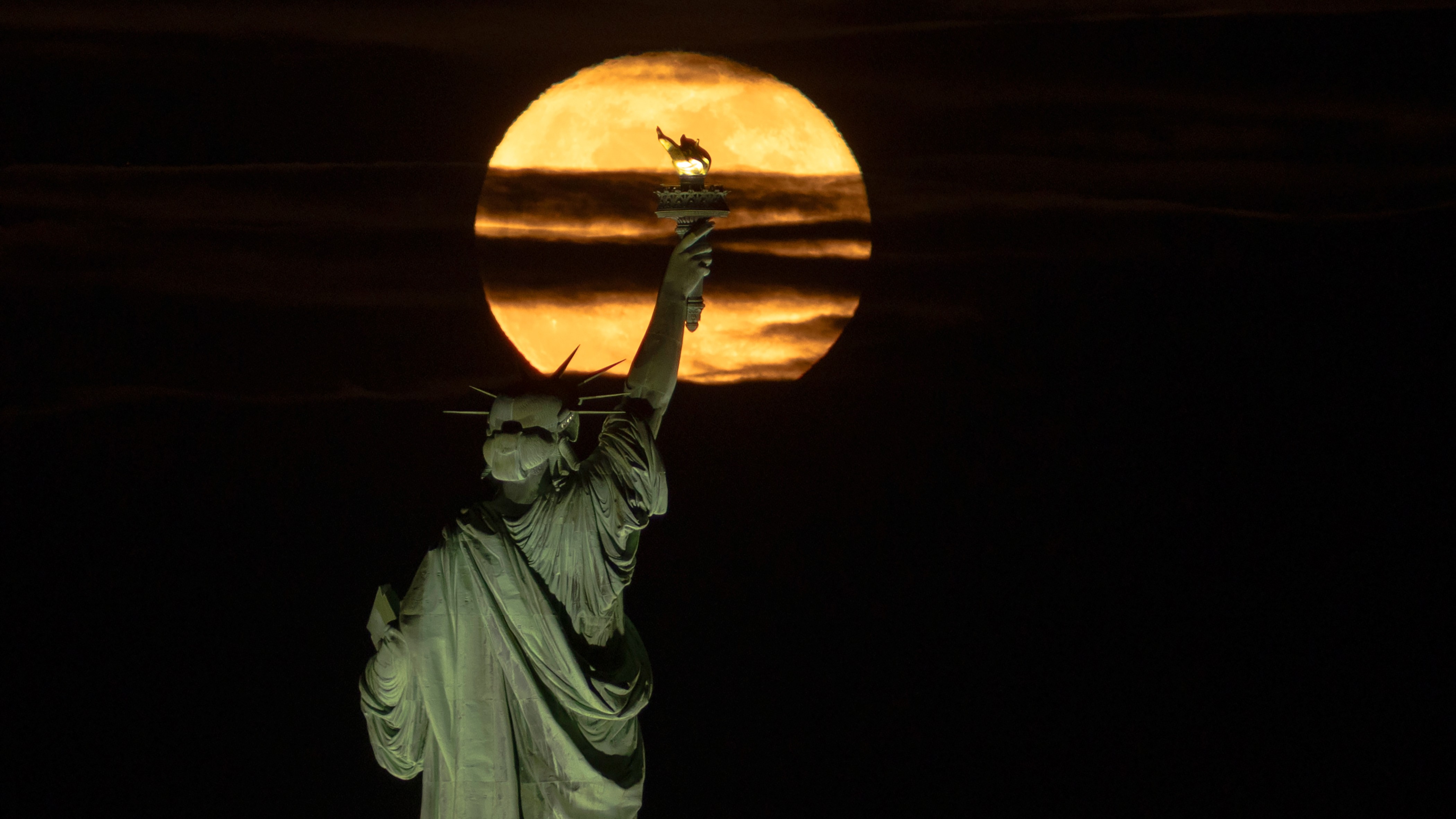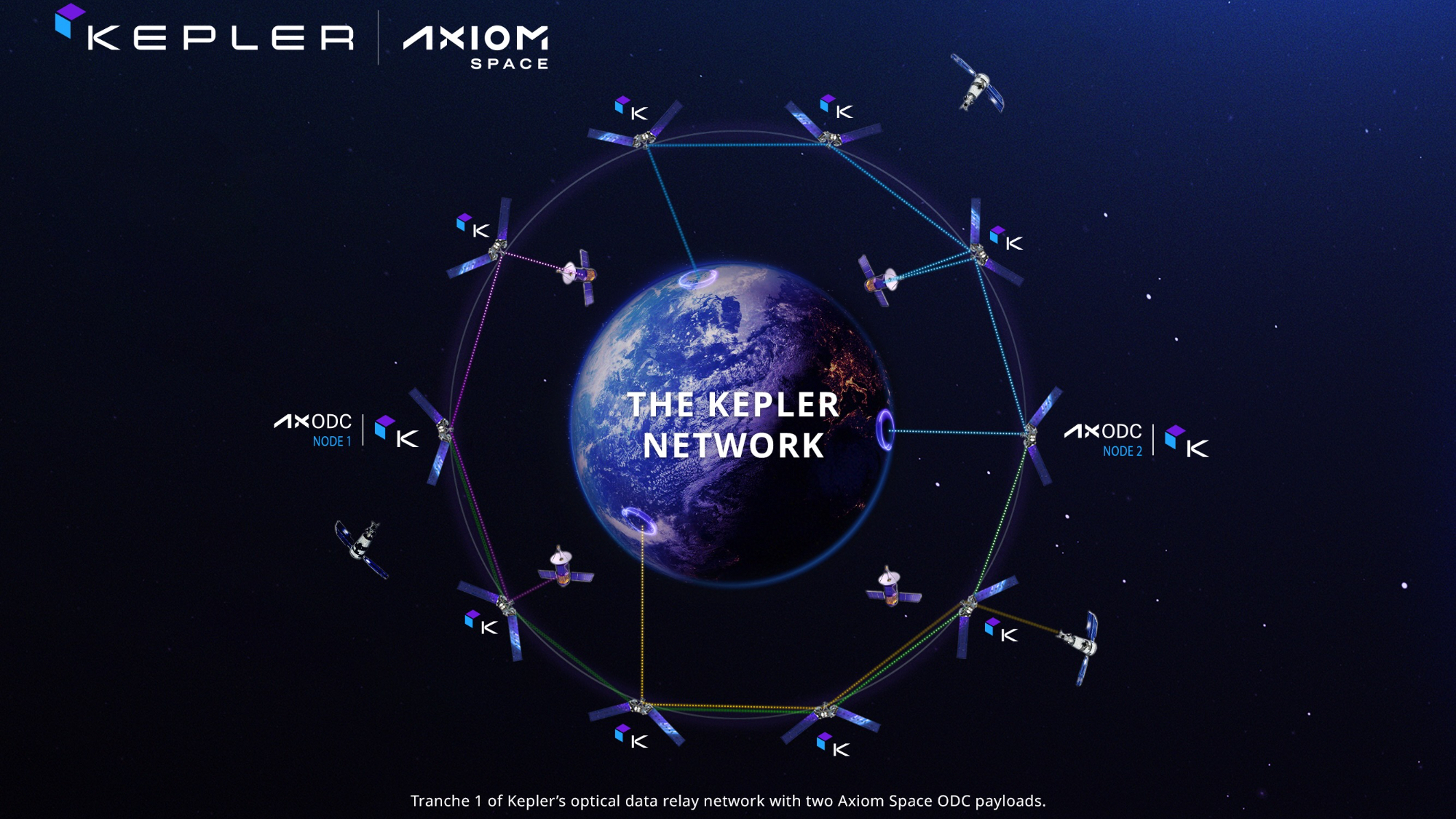Scientists made a 'digital twin' of Earth to simulate possible natural disasters
Scientists want to simulate various climate conditions to help prevent real life risks to our planet.

One lesson I bet we can all remember from grade school is the water cycle. Even if you don't recall precisely what you'd learned, you probably have memories of some sort of video or diagram that was so colorful and creative it made the day feel a little more fun. For some of us (myself included) it's honestly hard to forget. Even in the adult world, it feels neat and simple to think about the three water-cycle components which, pun intended, rinse and repeat: Evaporation, condensation, and precipitation.
Our planet could not survive without water, a substance that makes up 71% of our world's entire surface with its oceans holding roughly 97% of this figure. That being said, however, the process can get quite complicated when you mix in the continuously changing climate, driven by human activity like burning coal, as well as other daily impacts we contribute as a society. As a weather forecaster myself, I know the challenges we face when it comes to predicting water-based natural disasters including flooding, landslides and droughts.
Related: NASA's new 'Greenhouse Gas Center' tracks humanity's contribution to climate change
But in order for scientists to make the most accurate forecasts possible and better understand how this cycle works, we need to obtain and review models containing as much high-resolution data as possible. This data should also ideally cover every inch of the planet, from its highest mountain peaks all the way to water buried deep in the ground.
And, thanks to funding provided by the European Space Agency, scientists are building exactly that: A digital twin of Earth, and all of its lovely water, that can be inspected.
"Simulating the Earth at high resolution is very complex, and so basically the idea is to first focus on a specific target," Luca Brocca of the National Research Council of Italy said in a statement. "That's the idea behind what we have developed — digital twin case studies for the terrestrial water cycle in the Mediterranean Basin. Our goal is to create a system that allows non-experts, including decision-makers and citizens, to run interactive simulations."
Brocca, who was the lead author of an in-depth article on the study,, worked with colleagues to create the digital twin. By having this model, scientists can input new data consistently to simulate the best-case, and the worst-case, natural disaster scenarios in different environments across our planet. For example, by replicating a landslide, the associated risks and conditions that would come with it can be monitored as though it were happening in real-time. This could further assist with preparedness for potentially destructive events in the future based on what’s learned through every test.
Get the Space.com Newsletter
Breaking space news, the latest updates on rocket launches, skywatching events and more!
So, how are these models created?

It took a lot of work from scientists to harness as much satellite data as possible, gleaned through a multitude of Earth observations. They then blended together measurements from soil moisture, precipitation, snow depth, evaporation and river discharge, taken in specific time intervals, to paint a crisp picture of the variables' dynamics across the planet. Then, the model's high-resolution data can be used as an interactive tool for scientists.
"This project is a perfect example of the synergy between cutting-edge satellite missions and the scientific community, " Brocca said. "Collaborations like this, coupled with investments in computational infrastructures, will be crucial for managing the effects of climate change and other human impacts."
As with any type of model, it takes practice to work toward perfection. Butyou have to start somewhere.
Brocca and colleagues used the digital twin to model the Po River valley in Northern Italy and other parts of the Mediterranean basin to begin with; they have future plans to create similar models all across Europe before collaborating with scientists from other continents. The main goal for this project is to help forecast where floods and landslides could occur and learn how to better manage our water resources.
"We should start from something we know very well," Brocca said. "The Po River valley is very complex — we have the Alps, we have snow, which is difficult to simulate, especially in irregular and complex terrain like mountains. Then there is the valley with all the human activities — industry, irrigation. Then we have a river and extreme events — floods, drought. And then we moved to the Mediterranean, which is a good place to investigate extreme events both for too much and too little water."
While the team's modeling focuses on a larger scale region, there are also plans to look into more localized studies. But, for now, the scientists continue to focus on the biggest, most persistent challenges in their mechanism. For instance, the complex algorithms they developed will need tending to as significant amounts of data continue to be added in; there's also a need for more ground observations, they say, to continue to verify satellite data they used.
In the same vein, to combat any uncertainties that can arise while using satellite data, Brocca hopes to incorporate artificial intelligence in his program to smooth out some of the kinks. In a way, the AI would act like an extra set of eyes, if it can indeed be trained well. As we've seen with the use of AI in weather models, such as those relating to wildfire predictions, the benefits of such a collaboration include minimizing errors that can happen sometimes due to changes in atmospheric conditions while images are being captured. Implementing AI can also save time, allowing human engineers to focus on other areas of concern.
"The collaborative efforts of scientists, space agencies and decision-makers promise a future where Digital Twin Earths for hydrology provide invaluable insights for sustainable water management and disaster resilience," Brocca said.
The study was published on March 5 in the journal Frontiers in Science.
Join our Space Forums to keep talking space on the latest missions, night sky and more! And if you have a news tip, correction or comment, let us know at: community@space.com.

Meredith is a regional Murrow award-winning Certified Broadcast Meteorologist and science/space correspondent. She most recently was a Freelance Meteorologist for NY 1 in New York City & the 19 First Alert Weather Team in Cleveland. A self-described "Rocket Girl," Meredith's personal and professional work has drawn recognition over the last decade, including the inaugural Valparaiso University Alumni Association First Decade Achievement Award, two special reports in News 12's Climate Special "Saving Our Shores" that won a Regional Edward R. Murrow Award, multiple Fair Media Council Folio & Press Club of Long Island awards for meteorology & reporting, and a Long Island Business News & NYC TV Week "40 Under 40" Award.
-
Unclear Engineer This type of effort is a great learning experience for the people working on it. It allows scientists to work out how and to what extent things really are interconnected. But, it will be a work-in-progress for a long time.Reply
It worries me that there is some thinking that non-professionals would take the model and use it to make policies and laws. Simulation models usually become very unrealistic when extrapolated too far in time for the level of model development that has been achieved. That is especially try when trying to predict unusual events such as the most violent storms, the most severe droughts, etc. And, adding "AI" to the process has additional pitfalls which we are just beginning to appreciate.
So, I can foresee politicians, with pre-existing agendas and their associated biases, campaigning for their proposed policies with advertisements that say something like "Science tells us, with its AI insights that go beyond human understanding, that we must do or we are all doomed!!!"
Even modelers themselves have a demonstrated bias towards believing the predictions of their own models to a greater extent than later events show was appropriate. Modelers have a saying "All models are wrong, but some models are useful." The real problem is in determining where the boundaries of usefulness are with a particular model at a particular moment in its continuing development. -
billslugg In total agreement. A key law must be any AI output have a responsible human behind it. Anyone can use AI all they want as far as I'm concerned, it's a great tool. But if it screws me, I need to know the county of the person who is responsible so I know which DA to deal with.Reply









